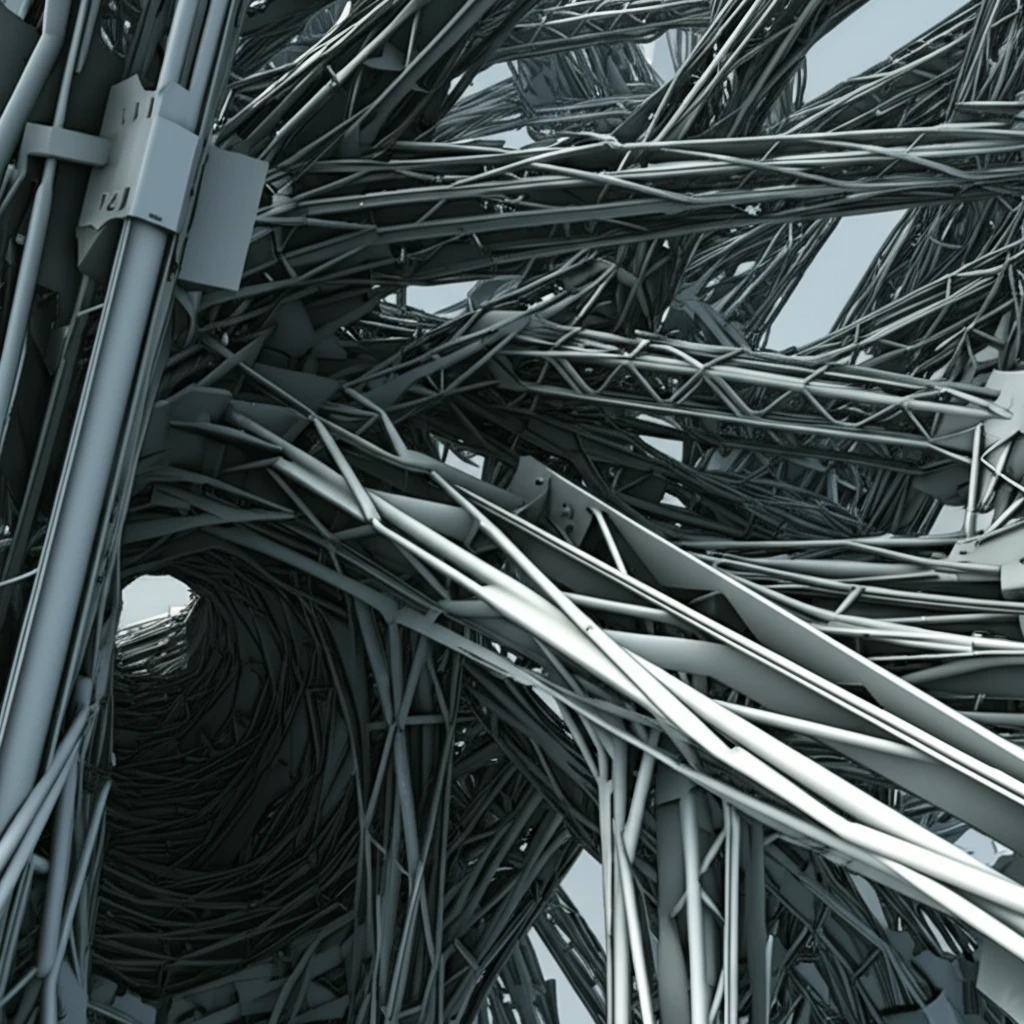
DIY Steel Beams: Are They Stronger & Cheaper Than You Think?
"Exploring the Numerical Design and Strength of Cold-Formed Steel Structures."
In today's construction world, cold-formed steel (CFS) is gaining major traction. Think lighter structures, creative designs, and a boost in efficiency. But here's the catch: the thin-walled nature of CFS makes it prone to buckling, presenting a unique challenge for engineers and builders. This is where innovative designs and precise calculations become super important.
Dealing with buckling usually means beefing up designs using methods that can sometimes feel a bit outdated. The "effective width method" and the "direct strength method (DSM)" are two popular approaches, but they each have their limitations. The effective width method simplifies stress distribution, while DSM offers a more complete cross-section analysis. However, neither fully captures the complex interactions within built-up CFS members.
Now, imagine creating your own steel beams by connecting multiple CFS sections. This 'built-up' approach can increase stiffness and save money, but it also introduces more complexity. How do you ensure these DIY beams are up to par? How do you accurately predict their strength and stability? This article dives into the numerical investigation and design of these built-up CFS columns, offering insights into how to make them stronger, safer, and more reliable.
Built-Up Cold-Formed Steel Columns: Understanding the Basics

The focus is on built-up columns made from two channel sections connected by batten plates. These plates act like stitches, ensuring the sections work together as one unit. There are two main types: open (back-to-back channels) and closed sections. While built-up sections offer advantages, their complex behavior and design challenges have limited their use. This is where new research comes in handy!
- Local Buckling: This occurs when individual elements of the cross-section buckle.
- Distortional Buckling: This involves the distortion of the entire cross-section.
- Global Buckling: This is the overall buckling of the column as a whole.
The Future of Cold-Formed Steel Design
This research paves the way for more efficient and reliable use of built-up cold-formed steel columns. By combining numerical modeling with a refined Direct Strength Method, engineers can optimize designs for strength, stability, and cost-effectiveness. As the construction industry continues to seek innovative solutions, these advancements will undoubtedly play a crucial role in shaping the future of steel construction. Whether you're an engineer, builder, or simply a DIY enthusiast, understanding the principles behind CFS design can unlock exciting possibilities for creating stronger, lighter, and more sustainable structures.
